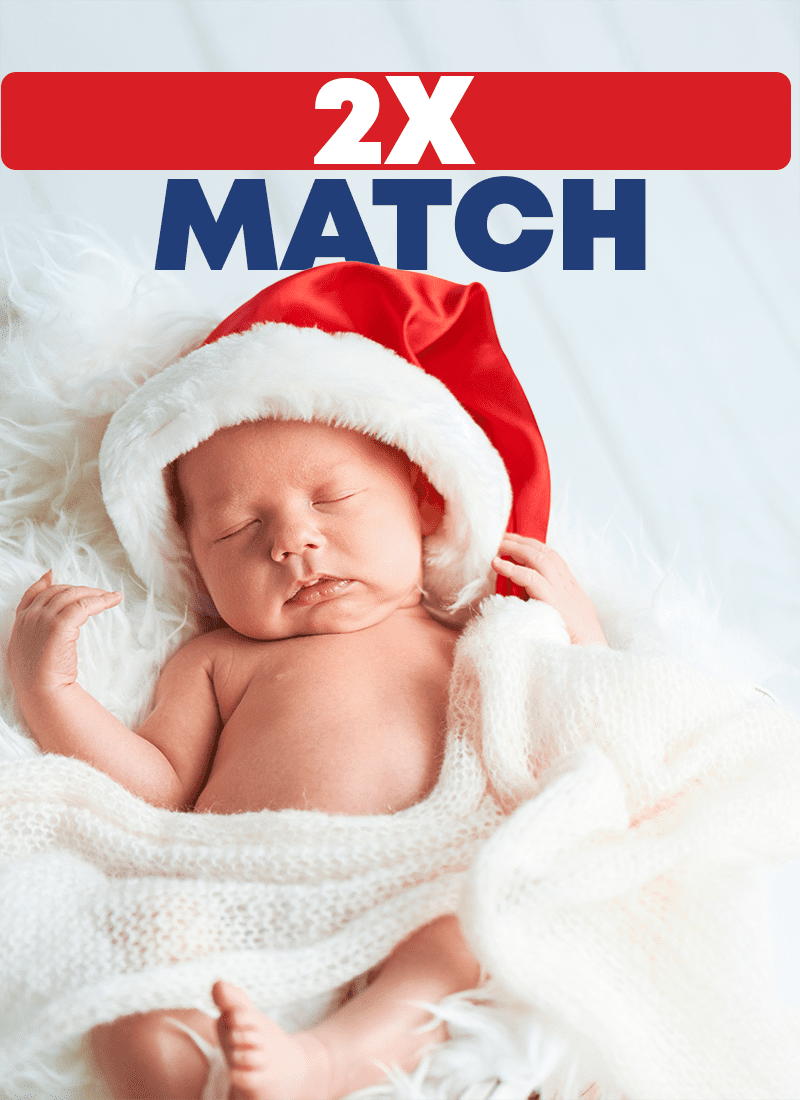The inherent commoditization of human beings is the glaring moral conundrum of in vitro fertilization. In the IVF process, a large number of eggs are typically siphoned from a woman in hopes of two things: that more perfect babies can be chosen from among the number of embryos created, and that there will be “backup” embryos if and when others are miscarried. While couples and their doctors pick and choose from the embryos and undergo procedures in hopes of achieving a pregnancy carried to term, many other embryos can be cryogenically frozen, essentially waiting on ‘standby’ for a chance at implantation.
But what if a couple’s first IVF attempt is successful, and the couple still has 8, 12, or 20 embryos in storage? Some couples will not or cannot go back and implant all of their children into their mother’s womb. In some cases, a couple only wanted one or two children, and once they have achieved the end to which they used IVF, they leave the rest of their embryos behind.
These embryos are often discarded, simply thrown away, with no hope of a future. Other embryos do not survive thawing when the mother tries to have them implanted. Some mothers who would otherwise want to give their surplus embryos a chance may develop conditions that prevent them from having more embryos implanted.
There is no perfect solution to this dilemma, except to end the commoditization of children through assistive reproductive technologies. Meanwhile, there are hundreds of thousands of embryos frozen in storage at fertility clinics across the nation, many with no hope of ever being implanted in their own mothers’ wombs. As an alternative to these embryos being discarded, a growing number of couples are offering to adopt them. An adoptive mother will have another couple’s embryos implanted in her womb, complete the pregnancy, and rear the child as her own.
One adoption agency, Nightlight, has facilitated several hundred of these so-called “snowflake” baby adoptions. Houston’s NBC news affiliate recently highlighted the work of this agency, and one couple’s journey adopting snowflake babies from two different couples.
Watch the video here.
Unfortunately, even snowflake babies who are implanted in an adoptive mother’s womb may not always survive the process of being thawed and artificially injected into her body. But advocates posit that giving these babies a chance to pursue Life through adoption is a good alternative to being discarded or indefinitely frozen at this time.
What do you think? Tell us in the comments below.


